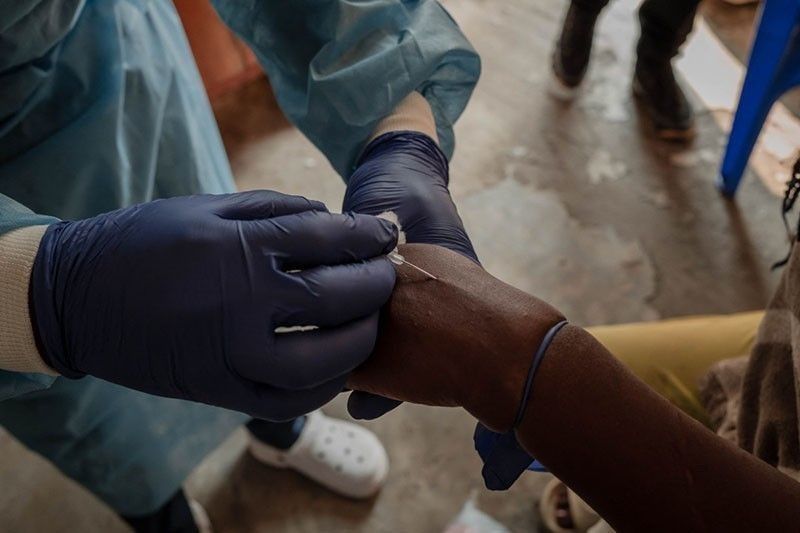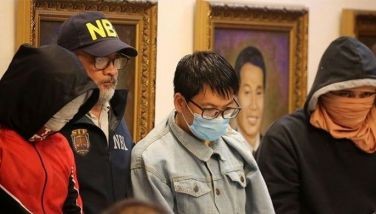6 new mpox cases in Philippines – WHO

MANILA, Philippines — As six additional mpox cases were recorded in the Philippines, the World Health Organization (WHO) urged the country’s health officials to continuously intensify strategies to help prevent the spread of the viral disease.
“As of 10 October, the number of mpox cases in the Philippines is 24,” Dr. Rui Paulo de Jesus, WHO representative in the Philippines, said in a press briefing yesterday.
De Jesus said these cases are of the Clade II variant, and that no death has been recorded.
Dr. Gina Samaan, WHO regional emergency director stressed that the global strategy for mpox is to quickly detect, quickly respond, and isolate cases to prevent further spread.
“Of course, (we need to) increase our capacities in health service provision and community engagement to inform communities of the risks and to seek early care and treatment and diagnosis. This is helpful to stop the further spread and keep our families and loved ones safe,” said Samaan.
She added that the WHO is continuously coordinating with the Philippines concerning the response to the mpox issue.
Globally, the health official said the WHO is carefully watching and responding to the situation of mpox especially in the African region where the Clade 1B has been detected, particularly in the eastern Democratic Republic of Congo in recent months.
Asked if the country can now be considered safe from mpox, De Jesus said, “I don’t think we can declare a country completely safe from such a communicable disease. We need to take note that it is the effort on how to contain in the disease.”
He said, “What happens now is that there is no in-country transmission. Those cases are independent cases and most of the cases are under investigation.”
De Jesus added that the government is working very hard to contain these cases.
“We continue to improve the capacity to prevent, to detect and to treat the cases in the country,” he said.
Mpox is a viral illness that can be transmitted to humans through close, intimate, skin to skin contact with someone who is infectious, or with contaminated materials like used clothes, towels or utensils.
- Latest
- Trending
































